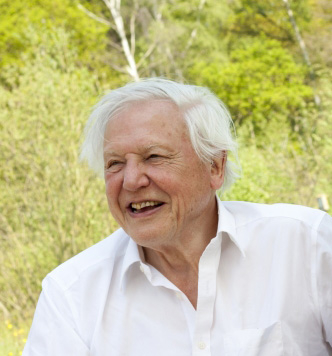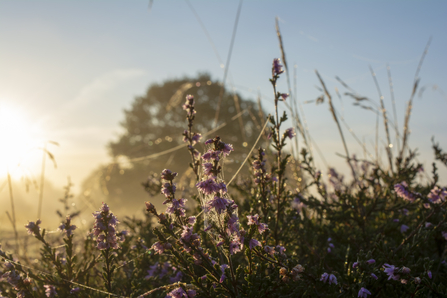
Heather by Paul Ham
Heather in flower
Visit a heathland reserve and soak up the purple. The nectar from heather flowers provides an important food for bees at this time of year. We recommend visiting Knettishall Heath, Sutton & Hollesley Commons and Blaxhall Common.
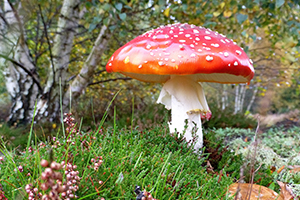
Fly agaric by David O'Keeffe
Fungi
Often brightly coloured, these life forms are neither plant nor animal, and come in a fantastic array of different shapes. Their names are just as varied and strange, for instance jelly ear fungus, Dryad's saddle, beef steak, stinkhorn and fly agaric amongst them!
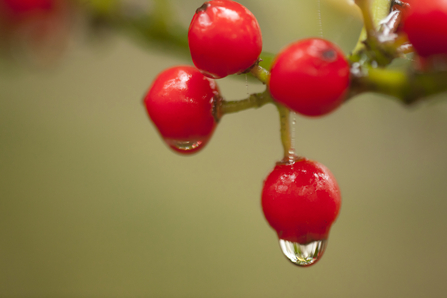
Berries by Paul Hobson
Nuts and berries
Nuts and berries are fruit produced by trees. They are often eaten by birds and mammals which helps disperse the seeds inside. Look at the reserves on the left for clues of where to find some.
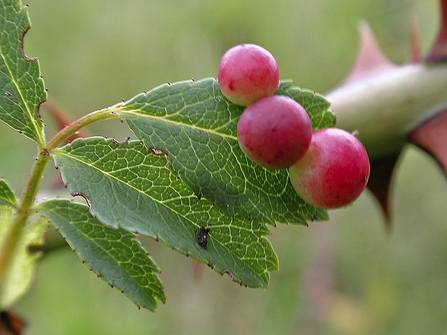
Spiked pea (sputnik) galls by Les Binns
Galls
Galls look a lot like fruit, but they are in fact growths which happen due to parasites like fungi, insects or mites. Galls are both the home and the food source for the maker of the gall.
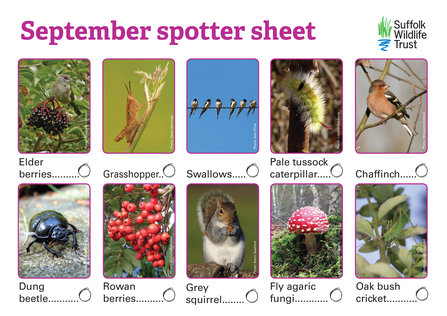
"England’s wildlife is under great and ever growing pressure. It is vital that we restore our land on a landscape scale so that it can support more wild plants and animals. "
-Sir David Attenborough

